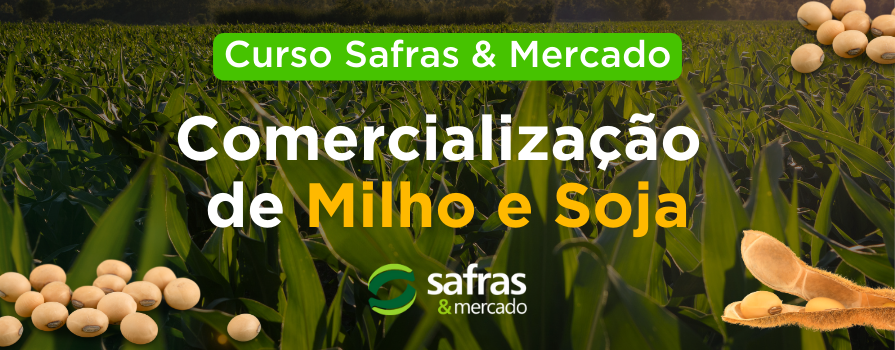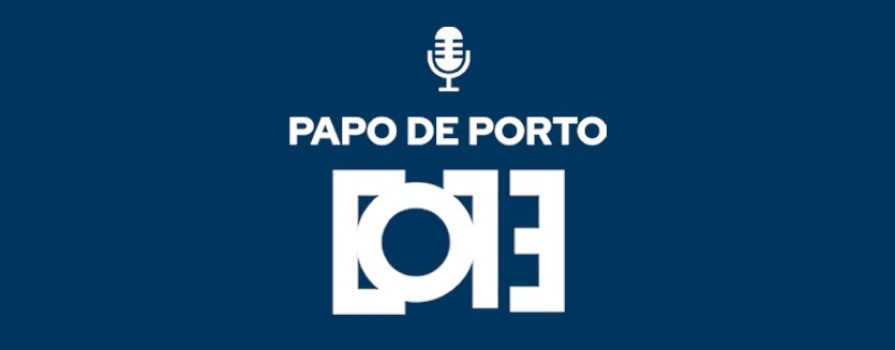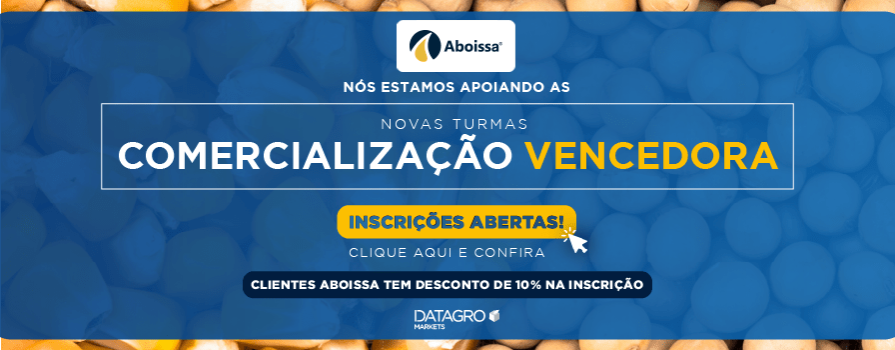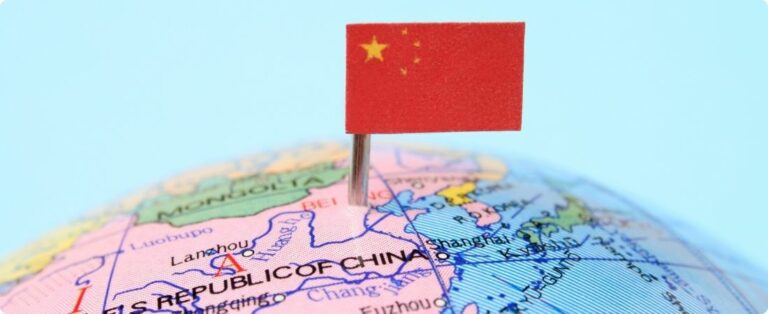
The Cerrado of Bahia, already consolidated as a hub of Brazilian cotton farming, is now experiencing a new leap in innovation with cocoa cultivation. In just seven years, cocoa farming in the region, it has been presenting productivity rates up to ten times higher than the national average, driven, above all, by a modern, sustainable and highly technological production model.
Unlike traditional cocoa, which is grown in shaded areas, the Bahian model relies on crops grown in full sun. Furthermore, it employs regenerative management on degraded pastures, efficient irrigation, and precision agriculture. The result is production reaching 250 arrobas per hectare, thus combining performance with sustainability and access to producers of all sizes.
The natural conditions of western Bahia—a distinct climate, water resources, and fertile soils—favor this innovative model. Consequently, they allow the expansion of the crop in municipalities such as Barreiras, São Desidério, and Luís Eduardo Magalhães. In addition to diversifying agricultural production, cacao farming becomes a new strategy for economic and environmental resilience in the countryside.
This new development cycle, according to industry leaders, is reminiscent of the first steps taken by cotton in the region. Therefore, it projects Bahia as a protagonist in yet another Brazilian agricultural revolution. This time, with high-quality cocoa, embedded technology, and an export vocation.
For Moisés Schmidt, president of the Bahia Farmers and Irrigators Association (Aiba), the parallel is inevitable. "What we're seeing with cocoa today is very reminiscent of the early days of cotton farming in the West. A challenging crop that required adaptation and technical expertise, but found ideal conditions for development in the Bahian Cerrado. Like cotton, cocoa has the potential to catapult Bahia and Brazil to a new position of global prominence," he states.
Source: Leonardo Gottems | agrolink















